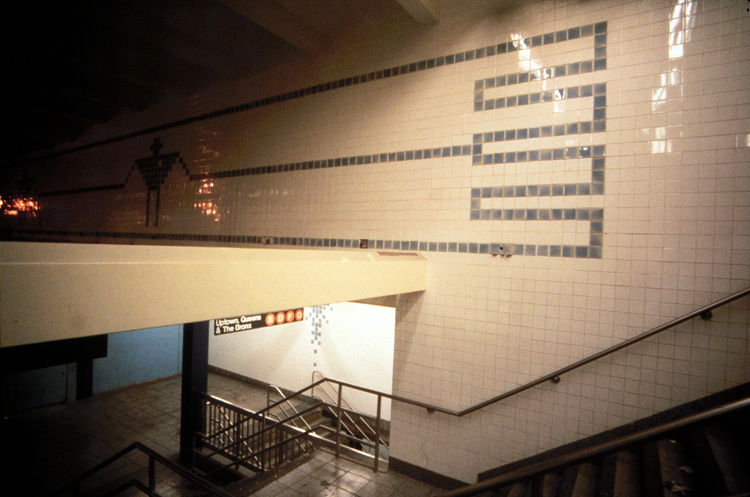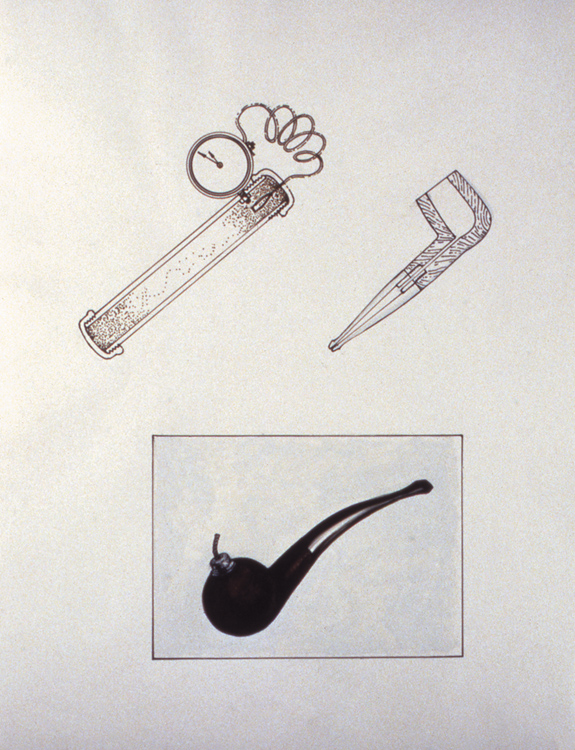
1993
redwood, glass, zinc, copper, lead, aluminum, stainless steel
23 3/4 x 4 inches
edition of 96
Aside from identifying the individual plots in a unique fashion, the Revival Field stakes are meant to be conceptual carriers of the eventual targets that the hyperaccumulators face. To minimize the introduction of additional elements that would conflict with preliminary sampling of heavy metal concentrations at the Pig’s Eye Landfill site, St. Paul, Minnesota, these plot markers were specially constructed out of redwood, aluminum, and stainless steel, with the “target” metals held within glass. The sealed bottles, which contain zinc, copper, and lead, act as real and symbolic antagonists dangling above the hyperaccumulators to challenge their growth, and as accurate numerical references to the 96 plots. Metal bars and shot inside the bottles have been assigned denominations according to a 20-based system, with zinc = 20, copper = 5, and lead = 1. Each plot was planted and treated with amendments according to the directives prepared by Dr. Rufus Chaney, United States Dept. of Agriculture.















 GALLERY entrance, two installation views: left: Capp Street Project, right: Three Rivers Arts Festival
GALLERY entrance, two installation views: left: Capp Street Project, right: Three Rivers Arts Festival GALLERY antechamber
GALLERY antechamber GALLERY American Shooter Room, two installation views: left: Capp Street Project, right: Three Rivers Arts Festival
GALLERY American Shooter Room, two installation views: left: Capp Street Project, right: Three Rivers Arts Festival GALLERY Target Tea Room
GALLERY Target Tea Room